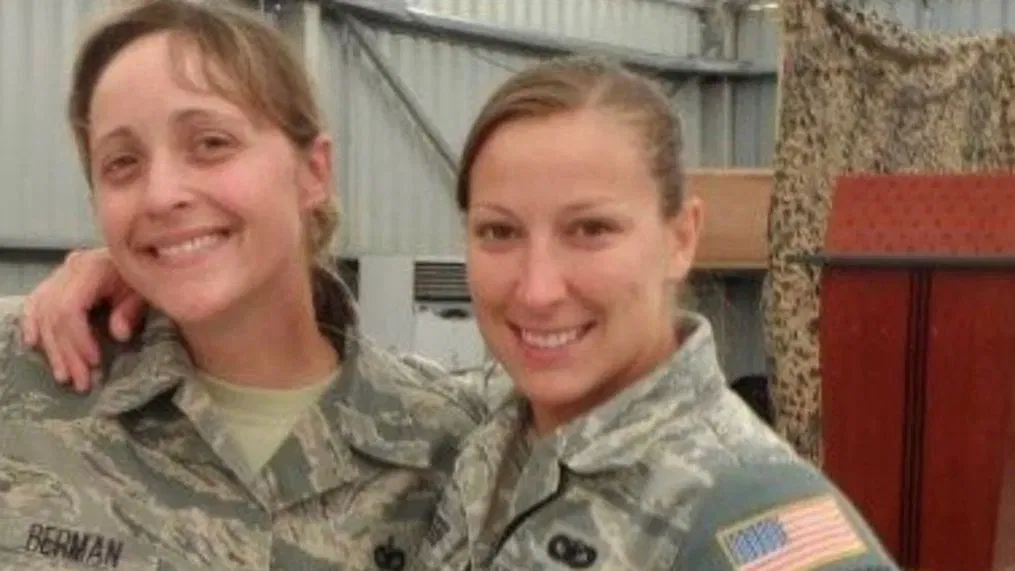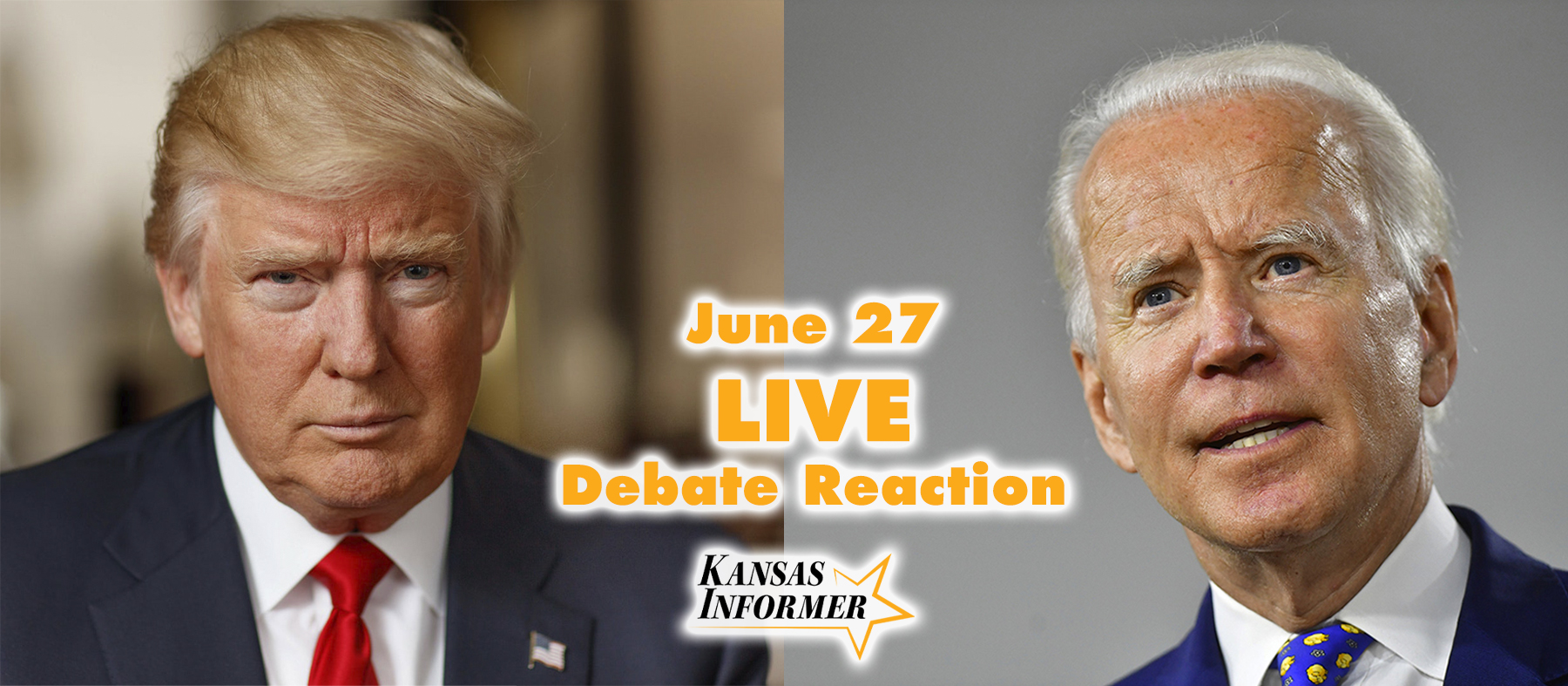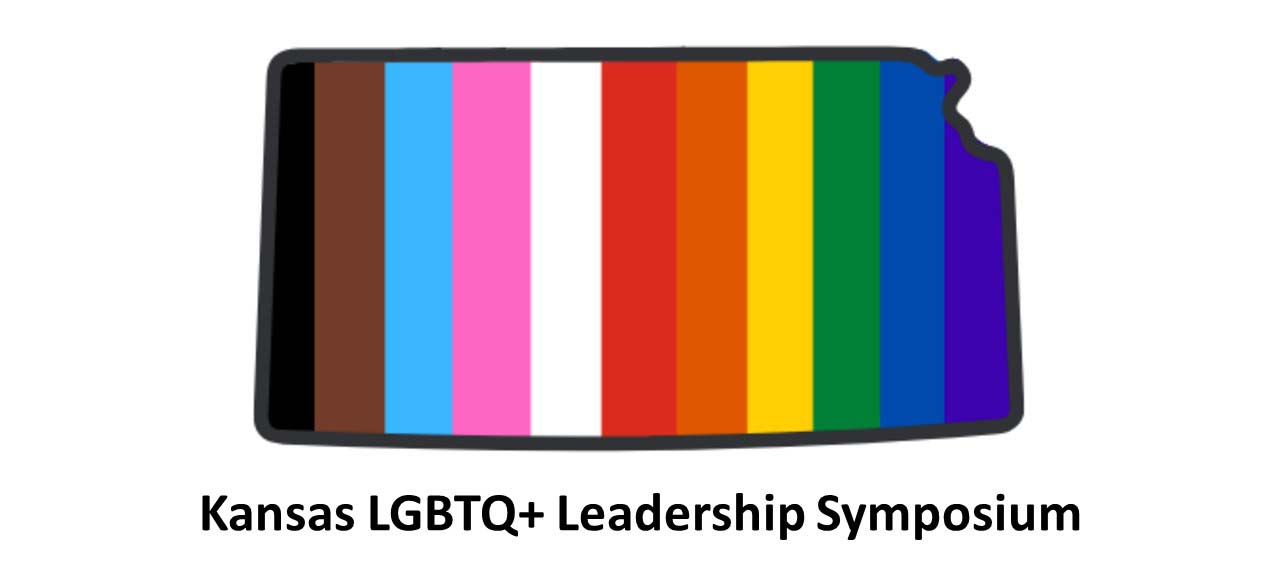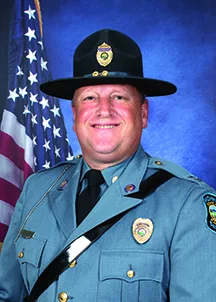Author Jack Cashill’s new book ASHLI profiles 10 of the many women who protested what they believed was a stolen election on Jan. 6, 2021. Of the 10, two died that day; seven have been incarcerated; and one has just been imprisoned in her home for merely praying in the Capitol.
It’s a new perspective for many, one that is vastly different from the mass media’s stubborn portrayal of Trump supporters as violent insurrectionists.

Cashill, a Kansas City writer who’s published 17 books – many of them questioning the unquestioned accounts of the nation’s milepost events – will give a dramatic presentation about his book ASHLI: The Untold Story of the Women of January 6 on CSPAN2’s BookTV on Sunday.
The approximately hour-long show will air four times Sunday: 8:55 a.m.; 11:55 a.m.; 8:55 p.m.; and 11:55 p.m. It was recorded July 29 at a bookstore in Fredonia, New York, where Cashill spent the summer, and will mark his 13th appearance on the popular program.
The book is named for Ashli Babbitt, the highest-profile victim of Jan. 6, a patriotic veteran with a military law enforcement background who was shot dead by a Capitol Police officer.
Cashill tells The Heartlander, to which he is also a contributor, that he wrote the book “because the story wasn’t being told. I’ve been following the events of Jan. 6th since. And what I saw, I mean from Day 1, was a pretty dramatic misrepresentation of what actually happened there.”
While profiling the 10 women, he chose to feature Babbitt in the title and on the cover – a 14-year Air Force veteran and friend to police who Cashill says had actually been barking at officers that day to do their job.
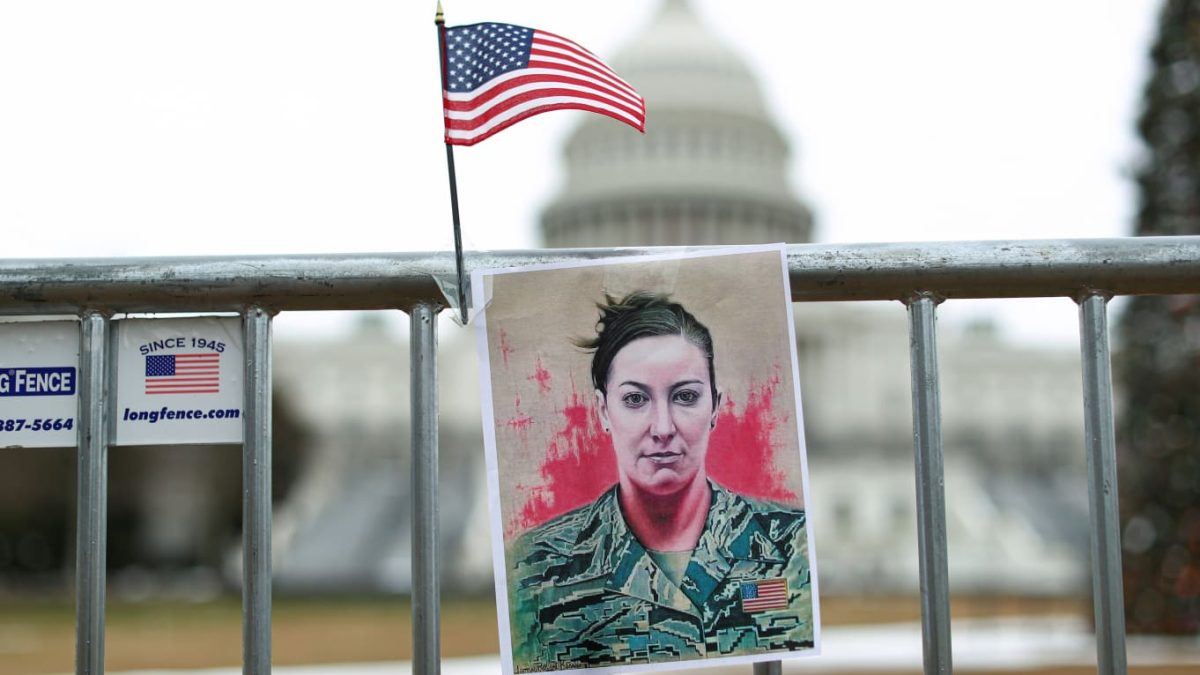
Instead, one of them shot and killed her as she was trying to climb through a window and to apparent safety.
“The lieutenant who killed her was promoted to captain,” Cashill says. “If that’d happened on the streets of Kansas City he’d probably be in jail right now. But we have a two-tiered set of justice.
“I wanted to flesh out what Ashli might have been thinking about – why she went. So, rather than try to imagine what she was thinking, I profiled a total of 10 women to find out why they went: why they went to Washington, what they hoped to accomplish, what happened to them once they got there. And what their reflections were after the events of the day. …
“The worst crime any of them committed, in any sense of real crime, was to break a window – and that woman, a mother of eight, is serving four and a half years in prison.”
In addition to the tragic injustice of Babbitt’s killing, Cashill has followed closely the case of Rebecca Lavrenz – whom Cashill has met, and describes as a 72-year-old great-grandmother who “drives by herself from Colorado Springs in the middle of January, goes to the Capitol to pray for the nation, walks in an open door for 10 minutes, prays – and then a few weeks later, the FBI comes pounding on her door and her life has been turned upside down ever since.
“She’s now serving home incarceration. She’s got her ankle bracelet and all that sort of stuff. There’s your great-grandmother, right?
“But it’s typical. And the story has been so mis-told, so under-told – so many lies.”
Lavrenz was sentenced Aug. 12 to six months of home confinement, a year of probation and a whopping $103,000 fine.
In contrast, Cashill notes in a recent article, the infamous Ray Epps – whose movements and conspicuous provocations caught on video Cashill details – was belatedly charged with a misdemeanor and provided a glidepath to probation in January.
The media portrayed Epps as a Trump supporter “scapegoated” by “far-right media” and conservative conspiracy theorists. In truth, authorities likely felt compelled to charge him with something, anything, after video of his exhortations to storm the Capitol were viewed by hundreds of thousands of Americans, if not millions.
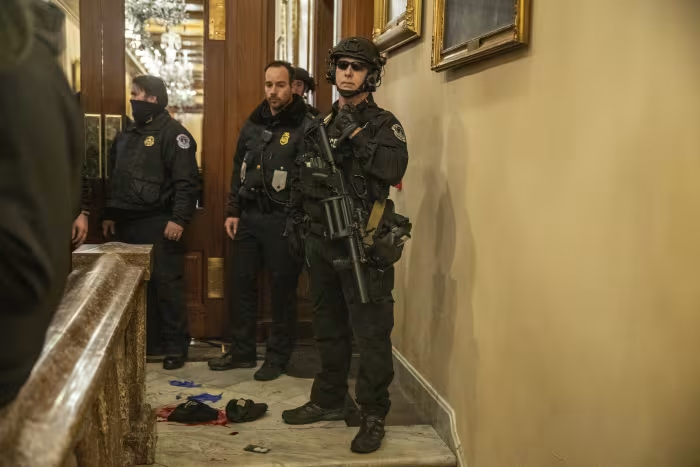
“These citizens were not theorizing about a conspiracy,” Cashill writes in the article. “They had identified a real one and wondered whether there were other less visible provocateurs in the crowd. …
“Prosecutors reversed course for one reason: Their gaslighting had failed. It had become too embarrassing not to charge Epps with something.”
Again, in contrast, Cashill argues Lavrenz was charged after being vocal about the injustices against her fellow demonstrators.
“Like other J6ers, Lavrenz watched in horror as the DOJ sent hundreds of her fellow protesters to prison for lesser offenses than those Epps had clearly committed, and she spoke out,” Cashill writes.
That outspokenness was apparently her second mistake, after praying in the Capitol. Prosecutors argued Lavrenz’s “unrepentant promotion of the riot is powerful evidence that she continues to pose a threat to future acts of political violence like that which engulfed the nation on January 6.”
Indeed, prosecutors had actually sought 10 months of actual incarceration for her. They argued that was justified because Lavrenz “has been one of the loudest public voices calling the prosecution of January 6 rioters a corrupt exercise.”
In other words, for expressing her opinion.
“The only people Lavrenz ‘poses a threat’ to,” Cashill concludes, “are those who insist the persecution of the J6ers is something other than a ‘corrupt exercise.’”

Michael Ryan – The Heartlander
Michael Ryan is Executive Editor of The Heartlander. A Kansas City native, he's been an award-winning reporter, editor and opinion writer at newspapers in Kansas, Missouri, Georgia and Texas. See more at www.heartlandernews.com

